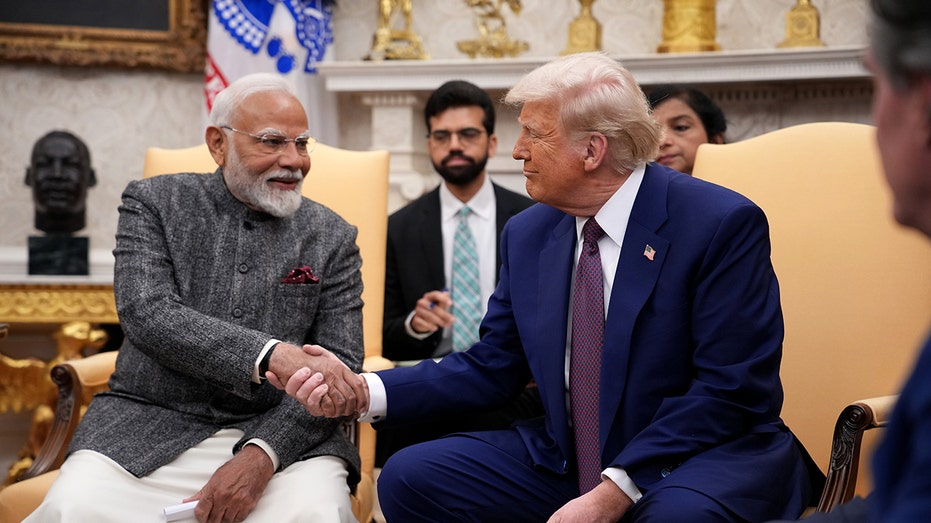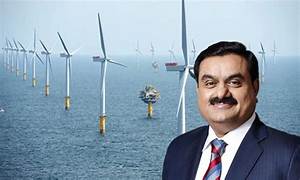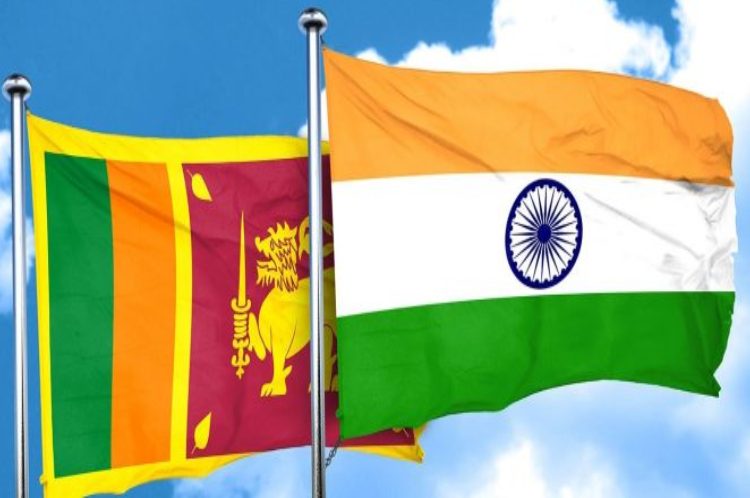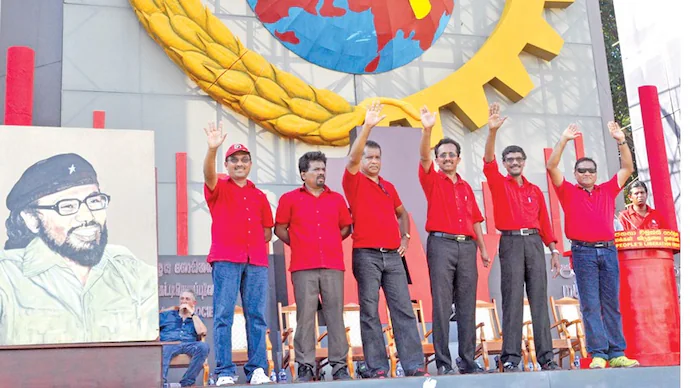U.S.-India relations are showing signs of strain after Washington imposed new tariffs on India in response to its ongoing oil imports from Russia. In retaliation, India has accused President Trump’s administration of double standards. Indian officials argue, “The targeting of India is unjustified and unreasonable,” and point out, “it is revealing that the very nations criticising India are themselves engaged in trade with Russia.” The United States is no exception; it continues to purchase Russian uranium hexafluoride for its nuclear sector, they added.
Against this backdrop, former South Carolina governor Nikki Haley has cautioned President Trump against jeopardising ties with a key ally like India, warning that such moves effectively offer China “a pass”—even as Beijing maintains its close relationship with Moscow.
Global politics has undergone a dramatic shift since Trump took office. His abrupt actions toward traditional allies and controversial statements on international affairs have injected uncertainty into global diplomacy. It remains unclear what strategic objectives the U.S. hopes to achieve—or which direction it intends to steer the world.
Since the end of the Cold War, India has been a steadfast U.S. ally. Former President Barack Obama once described India as an “indispensable partner.” As a member of the Quad, India is a cornerstone of Washington’s Indo-Pacific strategy—a framework China views as an “Asian NATO.” Until the recent dispute over tariffs, both countries enjoyed a strong partnership, serving as counterweights to China’s influence in the Indian Ocean region.
On a personal level, Prime Minister Narendra Modi and President Trump have maintained a cordial relationship, frequently emphasising their friendship. Modi was among the first world leaders to visit Trump at the White House, where he outlined India’s ambition to become one of the world’s leading economies—with the U.S. as a key partner.
“In the language of America, it’s ‘Make India Great Again’—MIGA,” Modi said. “When America and India work together, this MAGA plus MIGA becomes a ‘mega partnership for prosperity.’” Trump responded by calling Modi his “great friend,” as both leaders set an ambitious goal to double bilateral trade to $500 billion by 2030.
However, relations between the United States and India have deteriorated in recent months. A series of recent incidents has left India increasingly frustrated with President Trump’s actions. Amid rising tensions with Pakistan following the Pahalgam terrorist attack, Trump hosted Pakistan’s controversial army chief, Asim Munir, at the White House. He subsequently signed a trade agreement granting Pakistan a preferential tariff rate of 19 percent and access to U.S. assistance for oil exploration reserves. Notably, Trump did not insist that Pakistan distance itself from China during these negotiations.
Another contentious issue is President Trump’s claim that Washington brokered a ceasefire between India and Pakistan, despite New Delhi’s repeated rejection of third-party involvement.
Following Munir’s luncheon with President Trump, Pakistan appears emboldened to recalibrate its strategy against India. In a recent interview, Pakistan military spokesperson Lieutenant General Ahmed Sharif Chaudhry indirectly stated, “we’ll start from the East,” hinting at Pakistan’s ulterior motives in any future conflict. According to sources, his remarks may signal that Munir’s camp is prepared to open proxy operations against India.
President Trump’s strategy—penalising India for purchasing Russian oil while strengthening ties with Pakistan, India’s historic rival—has generated considerable debate. Although the United States may view its relationship with Pakistan as vital to its strategic interests, this approach risks weakening India’s longstanding partnership with Russia. If the trust deficit between India and the U.S. continues to widen, China will undoubtedly be the primary beneficiary.




